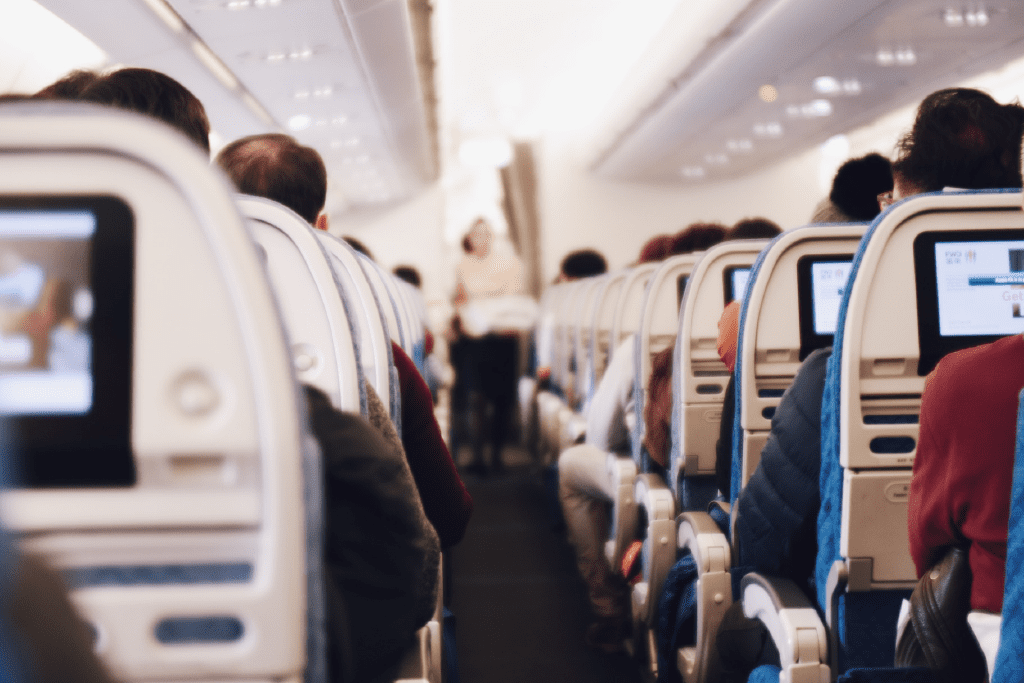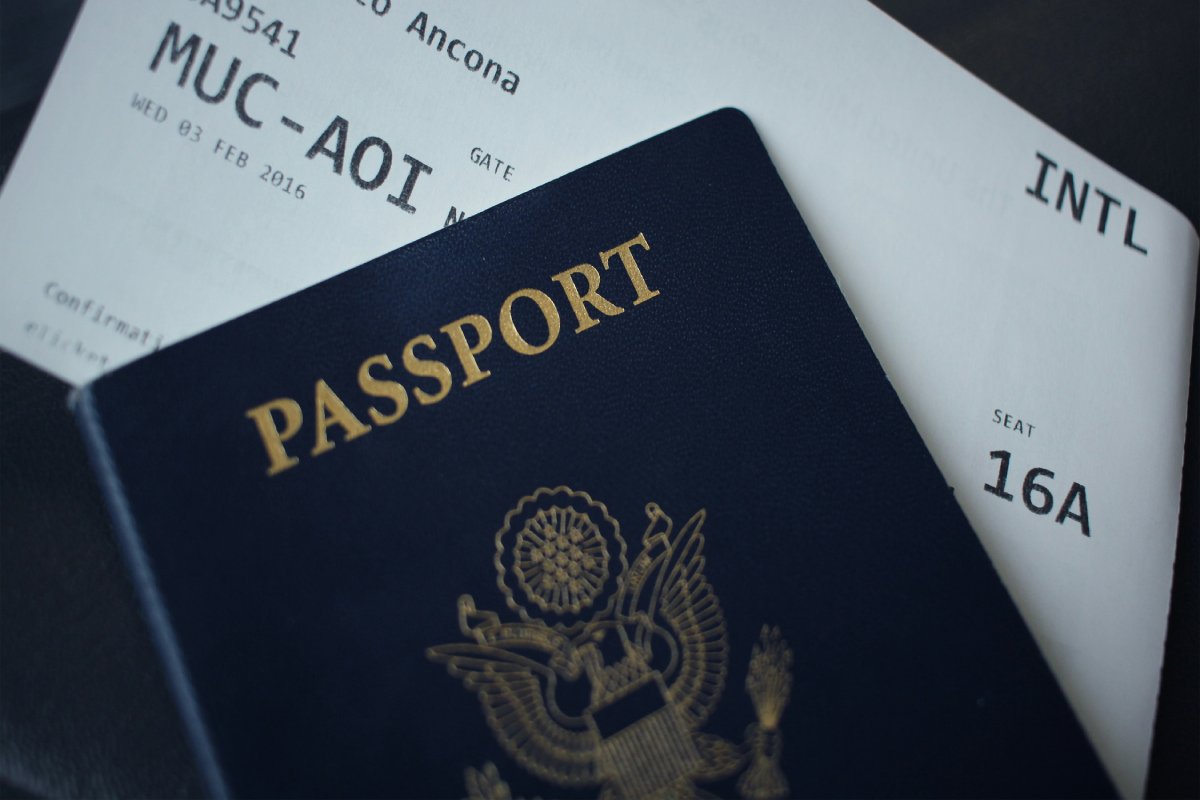How Airlines Are (Finally) Stepping Up Their Loyalty Programs with Big Data

Skift Take
This sponsored content was created in collaboration with a Skift partner.
Over the past few years, many of the world’s largest airlines have made major changes to their loyalty programs. American Airlines, Air France–KLM, Delta Air Lines, Lufthansa, and United Airlines now offer rewards based on dollars spent rather than miles flown. While some high-mileage frequent flyers may quibble with the changes — saying they now get fewer benefits for the same amount of travel — the truth is that most airline loyalty programs were overdue for such major disruptions. “Travelers are less interested in the drumbeat of accumulating points and more in how they can use those points for unique experiences,” wrote Skift contributor Grant Martin earlier this year. “In short, they want faster gratification and deeper engagement from their loyalty programs.”
Airlines are starting to pay attention. Just this year, American Airlines launched a partnership with Hyatt, Accor and Air France teamed up, and Marriott and Emirates combined forces. All three tie-ups are intended to make points more flexible and loyalty programs more rewarding, according to a Skift report.
But there’s still plenty more work to be done, said Patrick Reynolds, the chief marketing officer of SessionM, a customer engagement and loyalty software platform that helps brands better filter and utilize data.
“Airlines were early pioneers of loyalty programs,” Reynolds said. “But now I believe many are really laggards in some cases. Where the rest of the world has much more advanced personalized loyalty programs, many airlines are still living in the one-to-many generic paradigm.”
How Data Is Making a Difference
The way forward is to better harness consumer data to make programs more engaging, personalized, and effective at driving revenue. “Academic research into frequent flyer programs [has] found that the offer of monetary rewards and promotions [has] only a short-term effect on purchasing behavior,” wrote Skift Research analyst Wouter Geerts. Instead, it’s “the quality of offerings and the breadth of products and experiences [on offer] that had a stronger impact on loyalty.”
Companies outside the travel sector — including Amazon, Chipotle, Starbucks, and Walgreens — offer proof points for the argument in favor of using data to deliver better loyalty-program interactions. All four of these brands have been lauded for their personalized, mobile-friendly loyalty programs that engender frequent customer interaction, but Starbucks, in particular, has excelled. “Customers [using the Starbucks app] still have the ability to customize their drink exactly as they would in store, all with a few clicks,” wrote SessionM’s Lindsay Bloom in a recent blog post. “The app not only makes customers’ lives a little easier, but also enables them to seamlessly earn and redeem loyalty points.”
While everyday consumers aren’t likely to fly as often as they visit Starbucks, they nevertheless generate a significant amount of data that airlines can harness, Reynolds said. “There are almost limitless breadcrumbs out there: They know where people go, why they go, how they go, how often they go, how much they pay, what their appetite is for various service levels, and so on,” he added. “With access to that data, airlines can upsell and personalize offers.” The potential is there to do far more than the traditional upgrade to first class offer that many airlines are now using, he said.
“Traveling is a chaotic, stressful activity for most,” Reynolds said. “There's a certain feeling of being out of control. The extent to which airlines can make their customers feel more in control before, during, and after a flight, the greater their chances of repeat fliers. The key to fostering that feeling of calm is data. Sharing it in real-time where possible, makes the whole process feel less random. There's no point in notifying the customer of a gate change after the flight's departed.”
“If you can deliver better personalized experiences to each customer as an individual, they’ll want to fly you more,” he added. “You won't have to discount; you won't have to give away stuff. They're going to want to stick with you because they've had a really good experience. The only way to do that is to have a comprehensive mastery of your customer data.”
The SessionM Solution in Practice
When it comes to customer data, passengers generate a lot of it. There are the individual data points like frequency of interaction, price of a booking, choice of checked bag or other ancillary services like seat selection. But broader patterns emerge from aggregated data such as seasonal booking trends, popularity of individual flight times, or even a preference for a particular destination, Reynolds said. “Marco Island, Florida, should have a 617 area code,” he said, referring to its popularity with Boston-based travelers. “That's a thing that you can see [in the data].”
In legacy systems, still in place at many airlines, these various data points are often siloed or unavailable in a unified platform that presents a holistic view of individual consumers. By contrast, “SessionM listens to every point of customer interaction allowing for the enrichment of each individual customer profile, feeding the artificial intelligence and machine learning algorithms that generate more genuine, engaging, and compelling customer interactions,” according to the company. That has led to an 84 percent increase in customer spend compared to non-loyalty program customers, SessionM said, and a nine percent decrease in consumer churn.
This 360-degree view of passengers enables creative marketing opportunities and fresh ways to generate incremental revenue. “For example, today I'm in Boston, and it's cold and rainy out,” Reynolds said. “Why not do a campaign to either me personally or to the Boston market more broadly? Say, ‘Turks and Caicos is a direct flight. We have a fall flash sale, and it's just for this number of people. And if you act today, you can not only get a great rate, but you can earn double miles.’ If I got that offer, I’d say count me in.”
While it’s still early days for hyper-personalized loyalty offers of that sort, Reynolds said customers will see more of them in the coming months and years. “We currently have two really big airlines as active customers,” he said. “And we're getting ready to have probably two to three more in the next quarter or two.”
“At the end of the day, one-to-one marketing and personalization is the key to not just loyalty, it's the key to the customer,” Reynolds said. “Nobody wants to be treated like a number or a persona. They want to be treated like a person.”
This content was created collaboratively by SessionM and Skift’s branded content studio, SkiftX.




